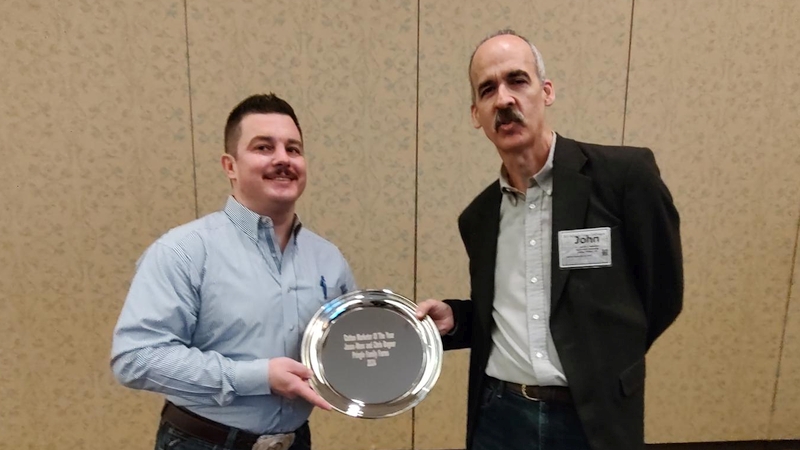Commodity Groups Unite in Support of Balanced Farm Bill
Commodity groups representing cotton, rice, peanuts and grain sorghum are urging the development of a farm bill that maintains equity among all of U.S. agriculture.
“The leadership of these commodity organizations is pleased with efforts by the Agriculture Committees to craft a responsible set of farm programs that maintains balance and ensures that deficit reduction is equitably shared across commodities and regions,” said NCC Chairman Charles Parker, a Missouri cotton producer. “All of us in agriculture need to work together to achieve the best possible policy. Policy must be crafted to recognize differences in costs of production and avoid the disproportionate impacts of a one-size-fits-all policy.”
The commodity groups reiterated support for a farm policy structure that recognizes the inherent differences in production practices across the major crops and urged the Committees to develop a set of programs that will best serve all commodities. While supporting policy that promotes market-oriented and flexible cropping decisions, the groups urged the Committees to be mindful of the potential imbalance and disproportionate effects of payment limits.
Parker said the NCC leadership has been working hard to assist in the development of a farm bill that’s balanced among all of agriculture, as well as fiscally responsible, because that’s the type of legislation that will best serve this nation.
Linda Raun, USA Rice Producers’ Group chairman and a Texas rice producer, said, “The U.S. rice industry appreciates the strong effort by the House and Senate Agriculture Committees to develop sound, fiscally responsible farm policy that serves the needs of all farmers in all regions. We support the concept of a true producer choice option that recognizes the unique differences by crop and region rather than forcing a one size fits all approach. In developing a choice of policies for producers there must be equity between the options so as to minimize any discrimination against certain crops or regions, and the equity should account for the current differences in crop insurance availability and impacts of payment limitations across different commodities.”
Ray Stoesser, a rice farmer and chairman of the U.S. Rice Producers Association, said, “Rice producers from the Mid-South to Texas and California appreciate the effort and initiative of the House and Senate Agriculture Committee leadership and staff to develop a safety net for rice producers in all growing regions.”
“We believe strongly that the Committees and the Congress need to act with care to ensure that cuts to our current safety net programs and the design of any new program treat all commodities and regions equitably. The unique production attributes and high production costs of rice, in particular, need to continue to be accommodated in any safety net ‘choice’ options, crop insurance availability and design, and payment limit and safety net eligibility restrictions. The U.S. Rice Producers Association looks forward to continuing to work with the Committees and other farm organizations to maintain a farm safety net that is workable and equitable across commodities and production regions.”
Armond Morris, representing the Southern Peanut Farmers Federation and chairman of the Georgia Peanut Commission, commented, “We appreciate the House and Senate Agriculture Committees working with our farm organizations to achieve a farm bill that is fair to all commodities and regions of our country. With our current economic environment, it is critical that all farm organizations pull together to support legislation that is fiscally responsible and strives to keep Rural America healthy.”
“It is very important we recognize the unique differences between commodities,” said Terry Swanson, chairman of the National Sorghum Producers and sorghum farmer from Walsh, Colo. “Producers must be able to choose a policy that allows them to effectively manage risk on their individual operation.”









